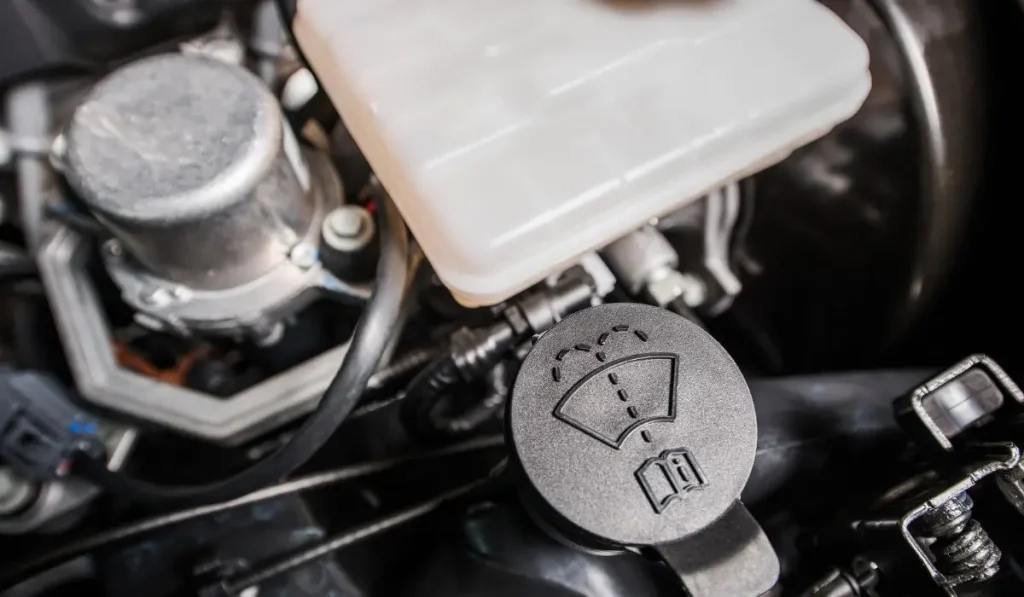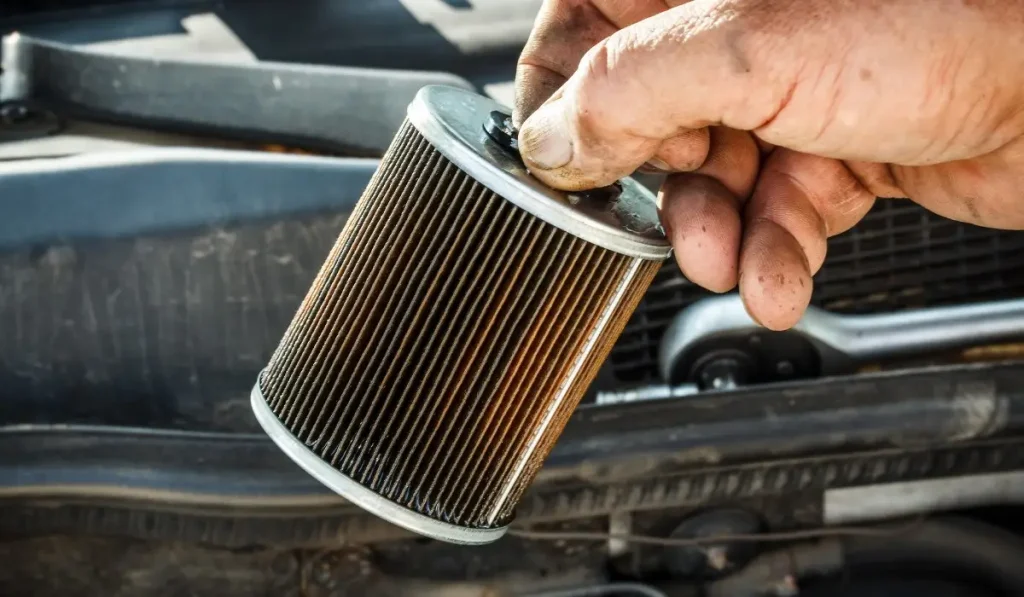Maintenance is often an afterthought for our vehicles. Owning a car comes with many responsibilities, and one of the biggest is ensuring day-to-day care. But, many of us only take steps when things go wrong and repairs are needed.
Why can’t we become proactive? Yet, regular car maintenance is not just for avoiding expensive breakdowns but also for increasing the life of your car in the future. From being too lazy to become proactive you’re connected with time and money savings and have the guts to deal with a breakdown.
We’ve got you covered with incredible thoughts on car repair and maintenance. Here are the top 23 Tips and tricks that enhance your life, and become reliable and efficient. Let’s get started!
Importance of Car Maintenance
Nowadays, car maintenance has become very essential.
It is very important for the safety, longevity, and efficiency of your car. It helps people to ride in proper working order and helps avoid too many expensive mechanical repairs down the road.
Making the best decisions regarding your car repair and maintenance can help you avoid major repair costs that follow a roadside breakdown.
Don’t panic, we make it super affordable and get to know about the actual maintenance pricing for your vehicle based on your needs.
Following regular checkups such as engine oil changes, tire rotation, brake inspections, and more. We describe you with well-maintained and proper guidance on car maintenance to enhance experiences. It includes that your vehicle remains safe to drive, with functionality brakes, lights, and steering functions.
Moreover, staying updated on regular mechanical maintenance helps to boost the value of your car when it comes to resale purposes. At last, repairing a car is as important for your life, safety concerns, and cost-effective driving.
23 Car Repair and Maintenance Tips
Let’s delve into the best 23 Car Repair and maintenance tips and tricks to enhance your vehicle experiences, save yourself time, and take immediate solutions by following our tips based on your suitability.
Maintenance period: Regularly
1. Pay attention to the engine light.
It appears and lets you know your car’s control system discovers an issue. There’s no need to worry when that yellow warning light shows, but don’t forget to visit the nearest repair shop. Do not reset the engine light on your own without understanding why it came on in the first place. Let a mechanic perform diagnostic tests to examine the cause.
2. Headlights and taillights

If a light goes out, go for blown fuses first. If that’s not the issue, go ahead and replace the light. When you drive with burnt-out lights it is risky and might even bring you a traffic ticket.
3. Tire pressure light
A car tire pressure monitoring system (TPMS) will give you an alert when the air pressure in a tire drops below optimal air pressure level. Driving with low air pressure can create hazardous road conditions, so always check your tires properly as soon as possible.
Maintenance periods: Monthly
4. Monitor tire tread depth
Every vehicle’s tire is very much essential and most important is monitoring tire and tread depth every month. Conduct routine checks on your tires as well as the spare one, an adequate tread depth, and focus on the signs of uneven wear. The best trick is to use a penny to check the tread depth- if the top of Lincoln’s head is covered, then you still have more than 2/32 inches of tread depth remaining which indicates that there is still ample thread left for your journeys ahead.
5. Windshield wiper fluid

Make sure the reservoir is filled with enough wiper fluid to keep your windshield clean and clear. A messy windshield can block your vision when you’re on the road, making it difficult to drive safely. When wiper blades begin streaking and showing signs of wear and tear, it’s a good time to replace them with new ones.
6. Remember to check the oil and coolant level
One most essential task is to check the oil levels when the engine cooled down at least once a month. Before embarking on a long journey, don’t skip to top off those levels. Due to this, you can effectively keep your engine running smoothly and extend its lifespan.
7. Fog lights, Turn signals, brake lights, and Parking lights
The next most important car repair and maintenance tip is to catch your eye and notice a headlight that isn’t working. Those sneaky fog lights, turn signals, brake lights, and parking lights might just play hide and seek. So, take a monthly walk around your car to give those lights a look once.
Maintenance period: Within 3 Months
8. Replace oil and filters
Make sure your car’s traditional motor oil should have an oil change every 3 months or 3,000 miles. So, replace the engine oil and filters within 3 months, or can go up to 10,000 miles within 6 months when you’re using synthetic oil.
9. Inspect and check work-out belts and hoses
This is the most crucial tip for car repair and maintenance. Always ensure that the condition belts in the engine compartment to make sure they are not damaged, cackling, or worn. Also, make sure to inspect hoses for leaks, cracks, and bulges.
10. Keep an eye on battery and cables

Be sure that the battery terminals and cables are securely connected tightly without any corrosion or leaks, consider replacing the battery if it shows any signs of weakness.
11. Monitor the Worn Wiper blades
It is crucial to monitor the wiper blades while driving in rainy conditions. Replacing the worn wiper blades seasonally or when they no longer clear the windshield effectively.
Maintenance period: Within 6 Months
12. Rotate your car tires
Make sure to rotate your tires within 6 months. Ensuring that they were evenly, extending their lifespan, and minimizing noise and vibrations. Moreover, always consult your owner’s manual beforehand as such types of tires and wheels may have specific rotation requirements.
13. Waxing your vehicle
The next step is waxing your vehicle! Always wash your car regularly and applying a wax coating twice a year can help protect its shiny finish from rust.
14. Battery performance regularly
Moving on to checking your battery performance regularly. Your vehicle can’t run smoothly without a good battery. Always monitor testing it twice a year once it reaches three years old at the nearest auto parts shop.
15. Keep an eye on the exhaust system
The other most crucial part of car repair and maintenance is to always look up to any damages, especially if you notice unusual noises coming from the muffler. So, kindly address these issues without fail.
16. Chassis lubrication
At last, chassis lubrication is vital for ensuring the health of your vehicle’s steering and suspension systems. Firstly, refer to your owner’s manual to determine if periodic lubrication is needed.
Maintenance period: Within 1 year
17. Air filters
First, let’s chat about air filters. Cabin air filters help and work their magic by cleaning up the air inside your car. They need to be replaced once a year. Adding on, engine air filters play a vital role in keeping unwanted debris away from your engine and it should be inspected during oil changes.
18. Monitor shocks and struts
Give attention to those shocks and struts. When you’re feeling your car isn’t driving smoothly as usual it’s time to check up at the auto shop. Monitoring Shocks and struts play a crucial role in your car’s steering system so, look onto this is the best idea.
19. Brakes
This term is most vital for your car maintenance like a pro. It’s important to inspect the whole brake system regularly. It includes brake fluid, brake lining, rotors, and brake pads to make sure everything is working properly. Keep in mind that your car’s brake pads lifespan is based on your driving style.
20. Look at the Coolant/ antifreeze
This term needs some love too! It recommended replacing it annually and giving the whole cooling system a flush after hitting 60,000 miles on the road. So, kindly keep your eye on these car maintenance tasks. It can help you enjoy many more miles.
Maintenance period: Within 2 year
21. Ignition system
Now we’ve got the ignition system for you. The top-notch spark plugs, plug wires, coils, and other electrical parts can last up to a distance of about 100,000 miles. Nonetheless, it’s a good thing to check spark plugs starting at 30,000 miles. If you think your ride feels a bit rough or hard, it indicates your time is coming to an end.
22. Transmission fluid
The next tip is transmission fluid. Keep an eye on those fluid levels regularly and add more when needed. Typically, for a manual transmission vehicle, you’ll want to swap out the transmission fluid anywhere between 30,000 to 60,000 miles. Moreover, if you’re cruising in an automatic transmission car, that range extends from 30,000 up to 100, 000 miles.
23. Fuel filter

Last but not least is the fuel filter. The recommendations on when to switch on this part can vary depending on the manufacturer. Some suggest replacement around 30,000 miles.
Additional tip
- Keep your car clean and Dirt-free: Don’t forget to wash your car regularly. It helps maintain and protect the paint and prevent corrosion.
- Avoid fast driving or aggressively: Do not make a habit of aggressive driving; it can cause unnecessary strain or damage to your vehicle, leading to premature wear and tear.
- Opt for reliable fuel quality: Always choose the best fuel quality, however, low-quality fuel can harm your engine.
- Park your vehicle in shaded areas: Do not park your car under excessive sun radiations. Protect your car from sun damage in both interior and exterior areas.
- Keep an emergency kit in your car: Always preparing for emergencies can prevent panic situations, expensive towing costs, or unnecessary repairs.
Conclusion
In conclusion, auto repair and maintenance are very important aspects in terms of safety, durability and cost-effective driving. With the help of these regular maintenance guides that include such tasks as checking engine lights, the tire pressure, and even the brakes, lights, and fluids, keeping your car working as it should be is guaranteed.
By following these car maintenance tips, you can save yourself from major repair costs and ensure your vehicle stays in top condition. Remember, regular maintenance is an investment that can extend the life of your car and keep it running smoothly for years to come.
FAQs
How often should I change my car’s oil?
You ought to exchange your vehicle’s oil every 7,000 to 10,000 miles, relying on the vehicle and oil kind used.
What are the most important car maintenance tasks?
Important vehicle preservation responsibilities consist of regular oil changes, tire rotations, brake inspections, and checking fluid levels.
How can I check tire tread depth at home?
To test tire tread intensity at home, insert a penny into the tread with Lincoln’s head facing down; in case you see the pinnacle of his head, it is time to update the tires.
How can I improve fuel efficiency through maintenance?
Improve gasoline efficiency with the aid of preserving right tire strain, changing air filters, and getting regular track-united states to make sure engine performance.
How often should I replace my car’s brake pads?
Replace brake pads each 25,000 to 70,000 miles, relying on using habits and situations.